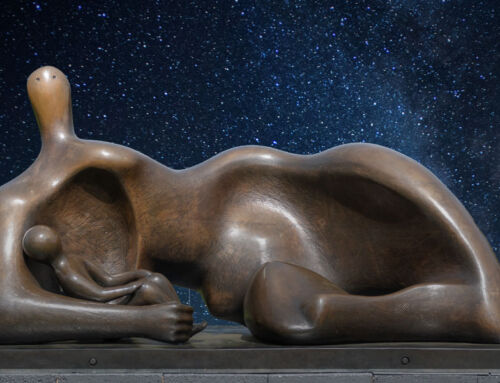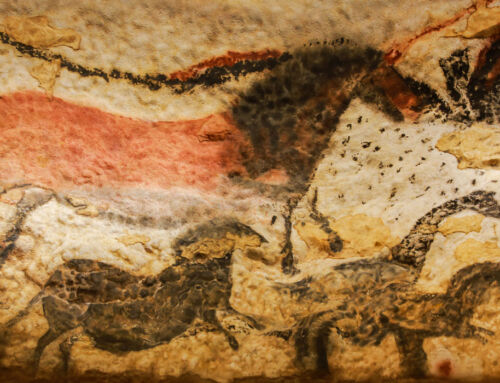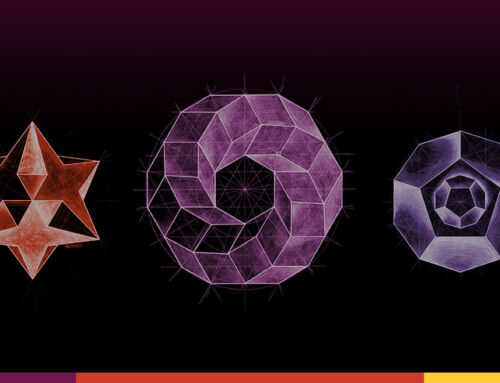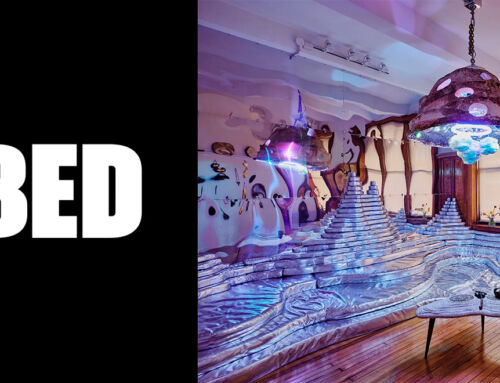How to Think About Sacredness
There are two ways people typically address sacredness:
- First, how we behave and think about things we deem sacred. Examples include extrinsic religious symbols, flags and movements that exist independent of our responses.
- Second, via our “sacred experience.” In other words, the intrinsic feelings and mindsets within ourselves that we strive to cherish and protect.
Extrinsic Sacredness: The Sacred and The Profane
When we say “sacred,” we refer to a part of life that is divided from another part of life that isn’t sacred. We call that other part “profane,” meaning “not sacred.” Today, however, the word “profane” is usually used to describe bad language or behavior that’s considered taboo, which colors it as a sort of adjunctive for lewdness. But that approach to the word isn’t exactly accurate. If you’re bored in line at a perfectly clean Costco, there’s nothing lewd about that—and yet it’s unlikely that you consider it sacred. Profane is profane—the not-so-holy stuff we do all day—it’s agnostic as far as good and evil, clean and dirty. That fact is consistent, with one giant exception: When the profane mixes with the sacred we do clearly see the former as tainted, stained and dangerously bad.
To understand how the daily standing-in-line kind of profane becomes the you-evil-son-of-a-bitch kind, says a lot about sacredness, or at least one defining aspect of it: Sacredness is an area of life that deserves protection and veneration, and represents goodness—a rightful sight for devotion.
Sacredness and Devotion
You can’t talk about sacredness without talking about devotion. That makes sacredness really important, and gives us a reason to value and appreciate things, to have gratitude and to move outside ourselves and engage in something larger than our individual beings. It also makes the sacred as agnostic as the profane, since a lot of very bad things can happen in devotion to sacred causes.
Nationalism is a form of sacredness. Racial superiority, religious persecution and genocide flow from the nonbelievers as dirty and tainted threats to the sacred flock. All wars are based on selling something so sacred that it justifies the otherwise profane act of murder.
And yet, we badly need sacredness in our lives. Indeed, without it we possess no awe, no values, no orientation toward belief. If, for example, you stop holding love as sacred, what’s to love? Without sacredness, life gets flat and empty.
Sacredness makes life worth living, and it’s also what imbues the world around us with life.
The (Real) Sanctity of Life
Perhaps not all of the time, but a lot of the time, the things, ideas and principles that we hold sacred have to do with sanctifying life itself in both humans and in nature. That makes sense sociologically since our survival is based on both, but it also just makes sense generally.
Think about it: What would life be like without devotion to all things living, and value placed on the sanctity of life in every human being?
Tragically, that’s not a rhetorical question. And it’s why, in a modern era marked by an epidemic of dehumanization and an avaricious disregard of the sacredness in nature, we need to reclaim this idea of the sanctity of life now more than ever. We are in an age in which the mode of experience regarding living things is to see them as only things, i.e., soulless objects without sanctified value. It’s a blasphemous world in this regard.
And yet…Sacred Originality
With every oppressive event, a new form of resistance springs forth. Pushing against the thick barrier of our modern existence, a life-sanctifying force exists. This is the sacredness that rests in the fascinating complexity of each of our unique souls, what Dr. Martin Luther King Jr. referred to as “the sacredness of human personality.”
Up Next: The Sacred Originality in Depth








